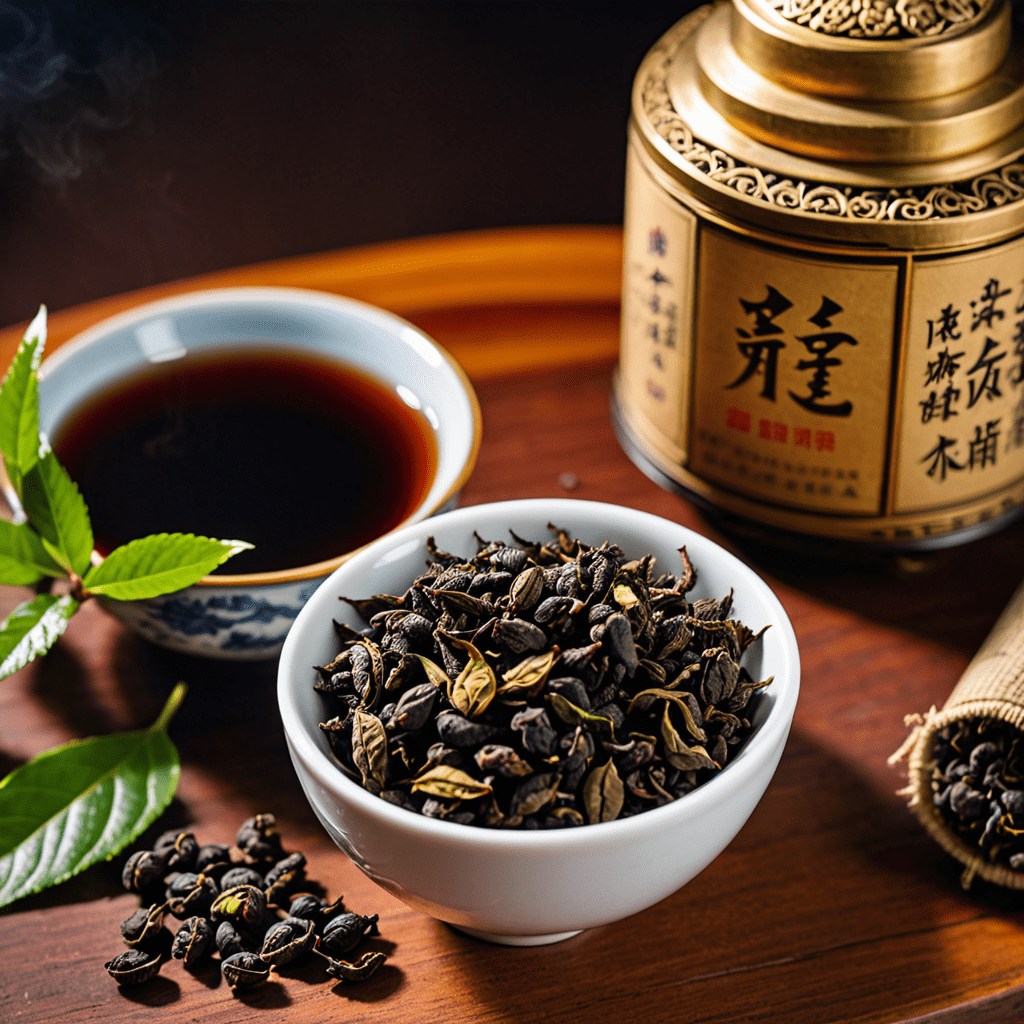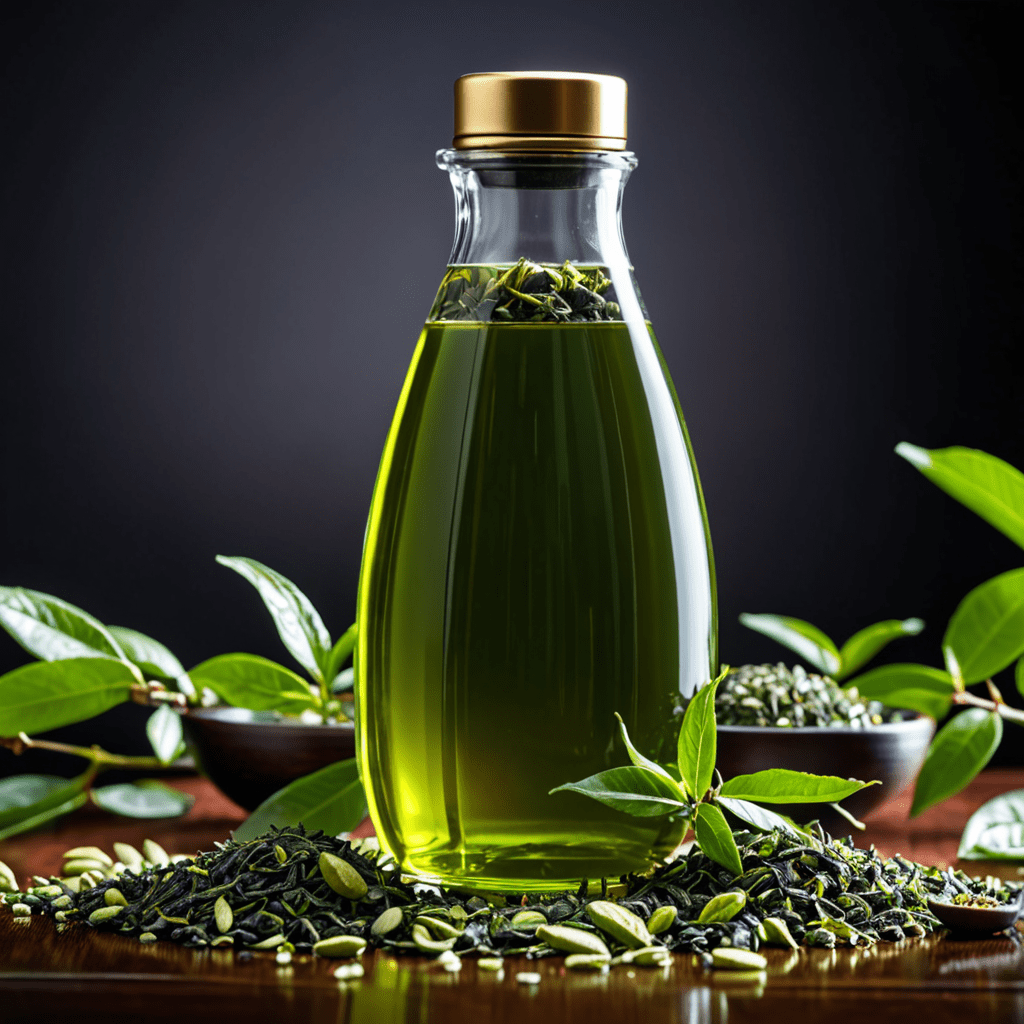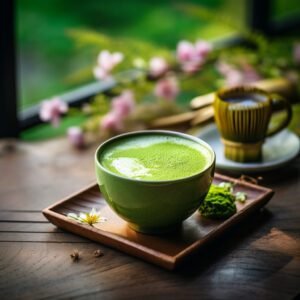Exploring the Rich History of Pu-erh Tea
When it comes to the world of tea, Pu-erh stands out as a unique and storied variety that has captivated tea enthusiasts for centuries. Let’s embark on a journey through the history of Pu-erh tea to uncover its origins, production methods, and cultural significance.
The Origins of Pu-erh Tea
Originating from the Yunnan province in China, Pu-erh tea traces its roots back to ancient times. It is named after the Pu’er County in Yunnan, where this tea was traditionally produced and traded. With a history spanning over a thousand years, Pu-erh tea has evolved into a beloved beverage cherished for its complex flavors and medicinal properties.
The Production Process
Pu-erh tea undergoes a unique fermentation and aging process that sets it apart from other types of tea. The leaves are harvested and sun-dried before being oxidized and fermented. This fermentation can be either raw (sheng) or ripe (shou), each resulting in distinct flavors and aromas. The tea is then compressed into various shapes, such as cakes or bricks, and left to age for years, allowing its flavors to mellow and deepen.
The Cultural Significance of Pu-erh Tea
In Chinese culture, Pu-erh tea holds a special place as a symbol of status, hospitality, and even currency. Traditionally, it was offered to guests as a sign of respect and shared during important ceremonies and gatherings. Pu-erh tea has also been valued for its purported health benefits, with enthusiasts praising its digestive and detoxifying properties.
Types of Pu-erh Tea
There are two main categories of Pu-erh tea: raw (sheng) and ripe (shou). Raw Pu-erh is known for its grassy and floral notes, while ripe Pu-erh boasts a deep, earthy flavor profile. Both types offer a range of complexities and nuances that can be appreciated by seasoned tea drinkers and novices alike.
Regional Variations and Terroir
Just like wine, Pu-erh tea exhibits terroir-specific characteristics that are influenced by factors such as the altitude, soil, and climate of the region where it is grown. Different regions within Yunnan, such as Xishuangbanna and Simao, produce Pu-erh teas with distinct flavors and profiles, adding to the diversity and intrigue of this beloved tea.
Modern Trends and Brewing Techniques
While Pu-erh tea has a rich and ancient history, it continues to evolve with modern trends and brewing techniques. Enthusiasts are experimenting with different brewing methods, aging practices, and even incorporating Pu-erh into culinary creations. This adaptability ensures that Pu-erh tea remains a dynamic and beloved beverage in the ever-changing world of tea.
Embark on Your Pu-erh Tea Journey
As you delve into the fascinating world of Pu-erh tea, remember that each cup tells a story of tradition, craftsmanship, and cultural heritage. Whether you are a seasoned connoisseur or a curious newcomer, the journey through Pu-erh tea’s history is sure to deepen your appreciation for this remarkable beverage.
Frequently Asked Questions about Pu-erh Tea
What is Pu-erh Tea?
Pu-erh tea is a type of fermented tea that originates from the Yunnan province in China. It undergoes a unique aging process, resulting in its distinct earthy flavor profile.
How is Pu-erh Tea Different from Other Teas?
Pu-erh tea stands out due to its fermentation process, which develops its flavor over time. Unlike other teas, it can improve with age, similar to fine wine.
What Are the Health Benefits of Pu-erh Tea?
Pu-erh tea is thought to aid digestion, promote weight loss, and provide antioxidants. Some believe it can also reduce cholesterol levels and support heart health.
How Should Pu-erh Tea Be Brewed?
To brew Pu-erh tea, use water at a temperature of around 195-205°F (90-96°C) and steep the tea for 3-5 minutes. The strength of the tea can be adjusted based on personal preference.
Is Pu-erh Tea Caffeinated?
Yes, Pu-erh tea contains caffeine, although the levels can vary. It provides a moderate caffeine boost, making it a suitable



